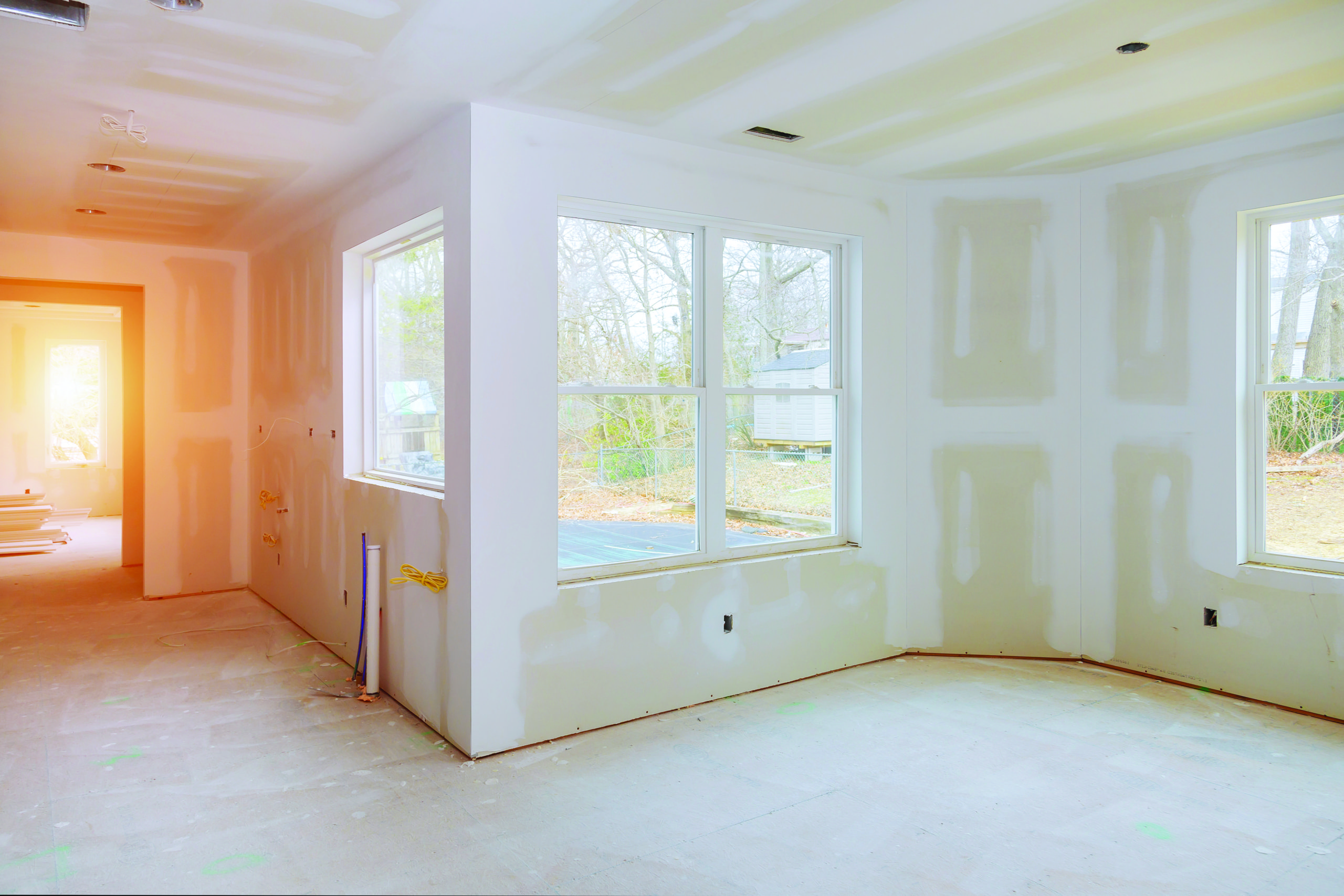Home Flipping Activity Drops, Returns Remain Near Seven-Year Low
In the third quarter of 2019, overall home flips dropped 12.9% over the previous quarter and were down 6.8% from a year ago, according to ATTOM Data Solutions’ third-quarter 2019 U.S. Home Flipping Report. Home flipping rates were down in 78% of the local markets (115 of 147) analyzed in the report. This decline came after an unusually active flipping market in the spring. The declines stood out as the
Read More












